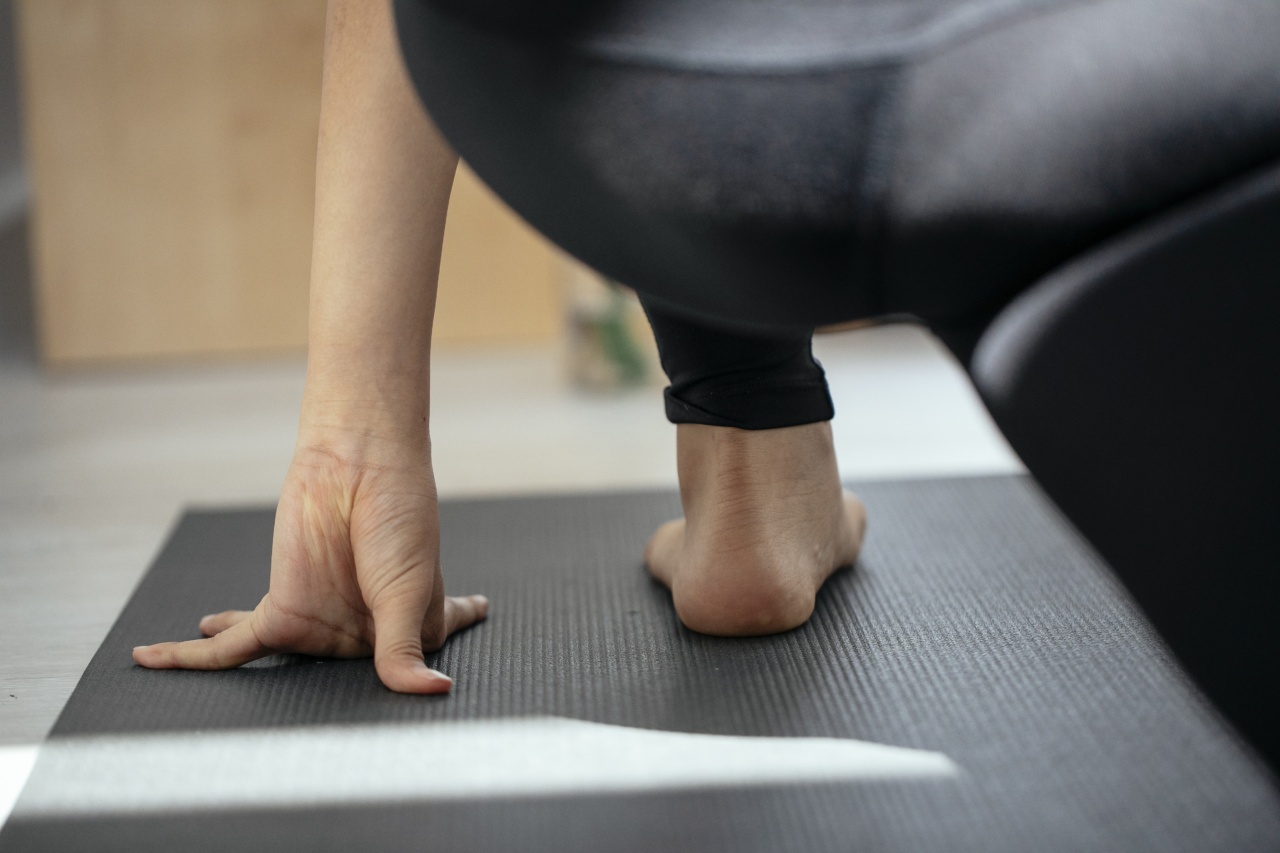Rheumatoid Arthritis (RA) is a chronic autoimmune disease that affects millions of people worldwide. It causes inflammation, joint pain, fatigue, and stiffness, and can lead to disability if left untreated.
While there is no cure for RA, there are several treatments that can help manage symptoms and improve quality of life. One such treatment is yoga, which has been shown to have a holistic approach to alleviate RA symptoms and improve overall health.
The Benefits of Yoga for Rheumatoid Arthritis
Yoga is a mind-body practice that combines physical postures, breathing techniques, and meditation or relaxation.
It has been used for thousands of years to promote health and well-being and is now recognized by modern medicine as a complementary therapy for various conditions, including RA. Here are some of the benefits of yoga for RA:.
- Reduced inflammation: Yoga has been shown to reduce inflammation in the body, which is a major contributor to RA symptoms.
- Pain relief: By practicing yoga, individuals can alleviate joint pain and improve flexibility. This can result in a better quality of life for people with RA.
- Better joint function: Yoga can increase the range of motion in joints, allowing people with RA to perform daily tasks with greater ease.
- Improved mental health: Yoga can help reduce stress and anxiety, which can be especially beneficial for people with RA who may experience depression or anxiety as a result of their condition.
Types of Yoga for Rheumatoid Arthritis
Not all types of yoga are suitable for people with RA. It is important to choose a type of yoga that is gentle on the joints and focuses on stretching and relaxation. Here are some types of yoga that are recommended for people with RA:.
- Hatha: This is a gentle form of yoga that focuses on breathing and relaxation. It is great for beginners and those with limited flexibility.
- Restorative: This type of yoga uses props such as blankets and blocks to support the body in passive poses. It is ideal for people with RA who may have limited mobility or pain.
- Yin: Yin yoga involves holding poses for several minutes at a time and is great for improving flexibility and reducing stress.
How to Practice Yoga with Rheumatoid Arthritis
Before starting a yoga practice, it is important for people with RA to consult with their doctor and a qualified yoga instructor. Here are some tips for practicing yoga with RA:.
- Start slow: Begin with gentle poses and gradually increase the intensity and duration of your practice.
- Listen to your body: If a pose causes pain or discomfort, modify it or skip it altogether.
- Use props: Props such as blocks, blankets, and straps can help you get into and hold poses without putting undue stress on your joints.
- Breathe: Inhale and exhale deeply through your nose during your practice to help calm your mind and reduce stress.
Other Ways to Alleviate Rheumatoid Arthritis Symptoms
In addition to yoga, there are several other ways to alleviate RA symptoms and improve overall health:.
- Invest in ergonomic products: Using ergonomic products such as chairs and keyboards can reduce stress on your joints and improve comfort.
- Eat a healthy diet: Eating a diet full of fruits, vegetables, and whole grains can help reduce inflammation and provide important nutrients your body needs to function properly.
- Get enough rest: Getting enough sleep is important for reducing stress and improving overall health.
- Stay active: Regular exercise such as walking, swimming, or cycling can help improve joint flexibility and reduce pain.
Conclusion
Yoga is a safe and effective complementary therapy for people with RA. It has been shown to reduce inflammation, pain, and stress, and improve joint function and overall health.
By practicing yoga, individuals with RA can alleviate symptoms and lead a more active and fulfilling life.































